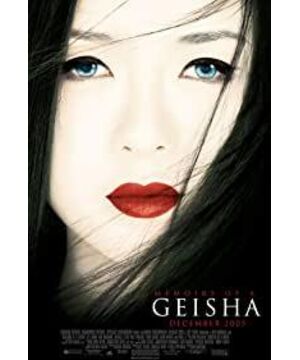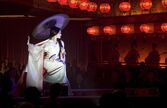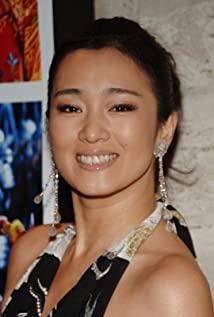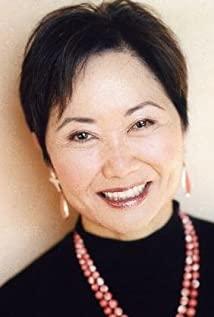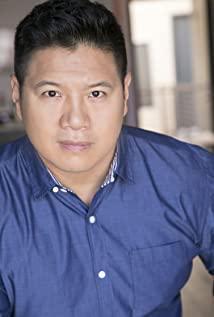Memoirs of a Geisha evaluation action
-
Elouise 2022-03-24 09:01:41
I like Zhang Ziyi, some of the people you like, some people hate her to death.
-
Susie 2022-04-24 07:01:05
"Memoirs of a Geisha", a literary film. The film tells the life of a geisha and enables a certain kind of female culture that was popular in 14th century Japan. In Japan, "geisha" is a kind of escort industry that only sells art but not body. Because the word "prostitute" always reminds people of sex, it is changed to skill. There are two kinds of art they sell, one is the art of talent and color, and the other is the art of life. They began to learn dance, calligraphy, and qinpa from a young age. Behavior, gentle character, and beautiful appearance are the colors. Life is to show upbringing, etiquette, language ability, service ability. They are usually the accomplices of the upper class, political arena, and business tables, so their social status is not low. There are only less than 200 geisha in Japan now, because each geisha has to study for more than 6 years to become a skill, and the traditional tempering and strict rules make most women discouraged. Speaking of this movie, it's generally okay, the three heroines are all Chinese, maybe because Chinese women have a kind of charm in their bones, but the best acting is Chiyo, her smile can really light up this world.
-
Sayuri Nitta: She paints her face to hide her face. Her eyes are deep water. It is not for Geisha to want. It is not for geisha to feel. Geisha is an artist of the floating world. She dances, she sings. She entertains you, whatever you want. The rest is shadows, the rest is secret.
-
Sayuri Narration: If your honorable sister tells you to cut your leg, you cut your leg.


